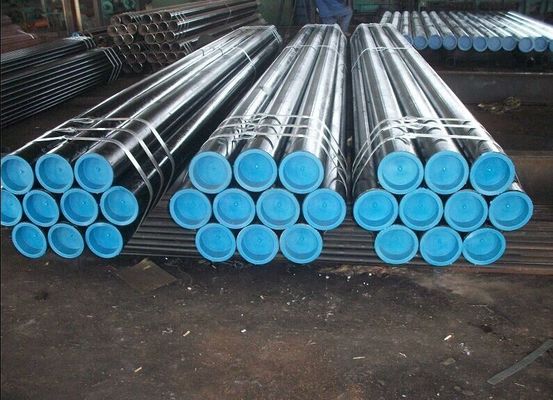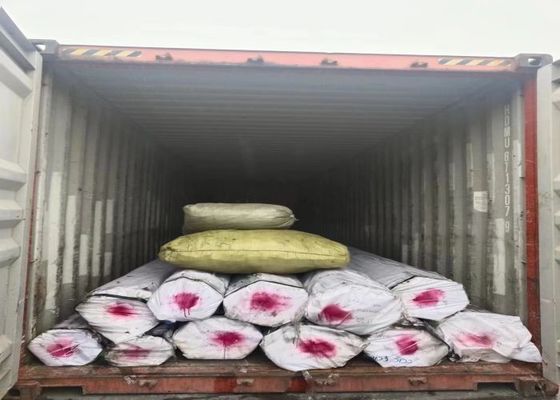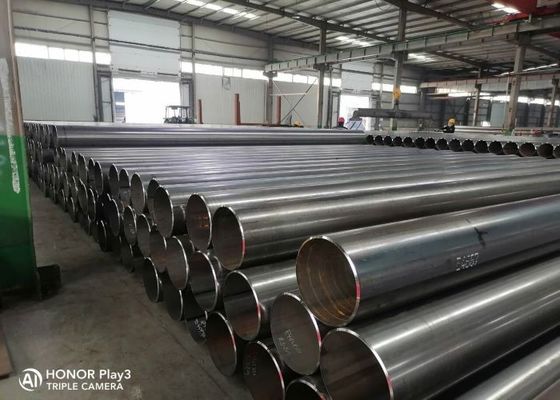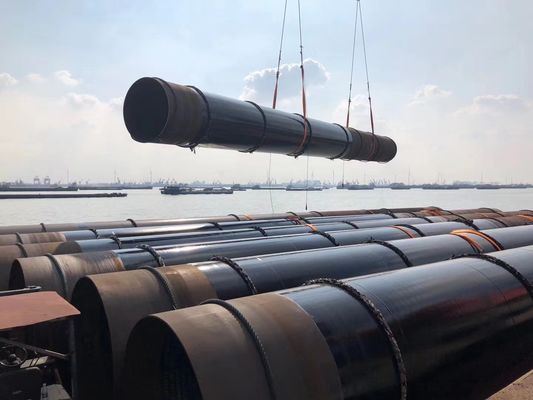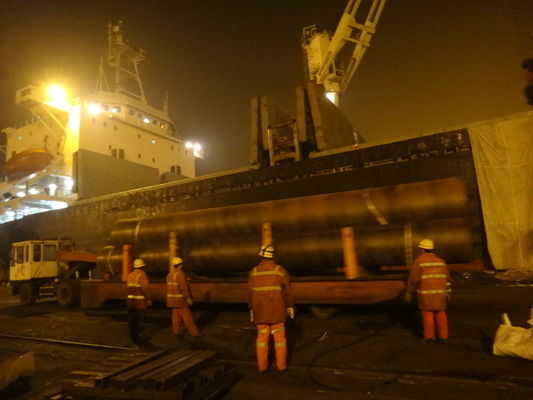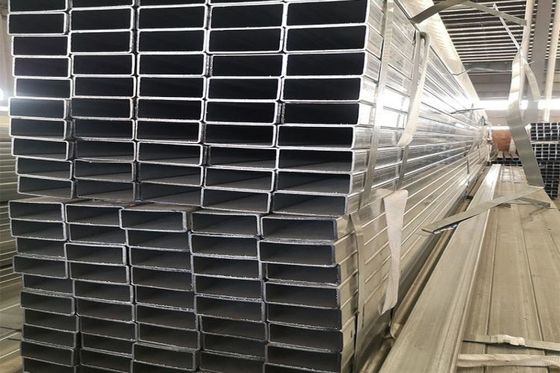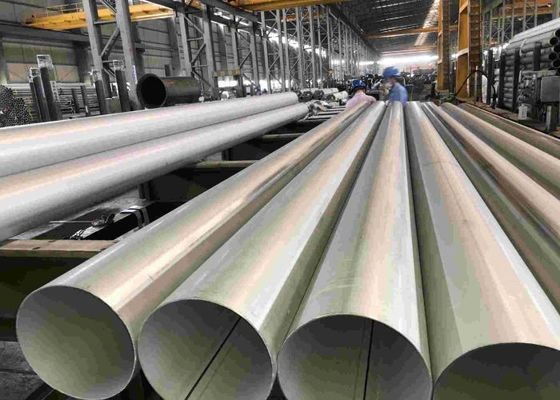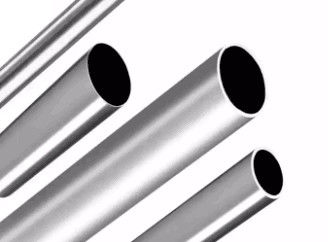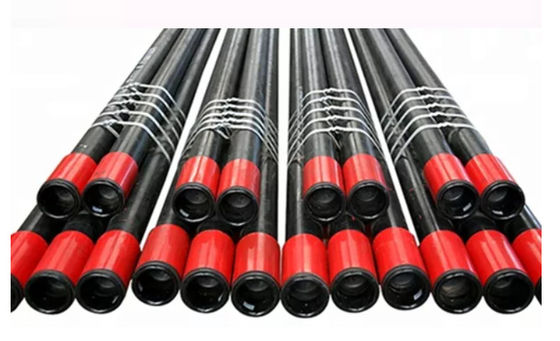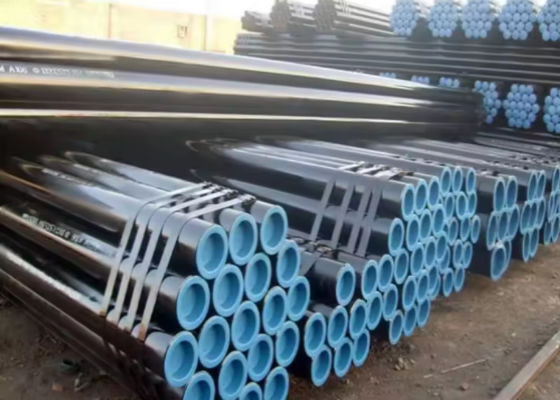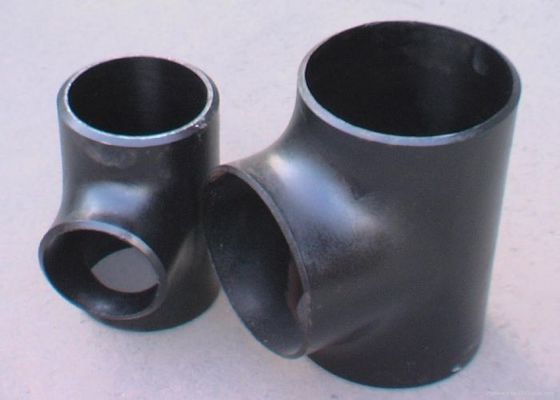Carbon steel seamless tube is divided into:
Low carbon steel, the carbon content is less than 0.25%.
Medium carbon steel, the carbon content is 0.25%-0.6%.
High carbon steel with a carbon content above 0.6%.
1. Low carbon steel seamless tube
Low carbon steel tube is carbon steel with a carbon content of less than 0.25%, including most ordinary carbon structural steels and some high-quality carbon structural steels, most of which are used for engineering structural parts that do not require heat treatment. Some are also carburized or heat treated.
2. General carbon content seamless tube (medium carbon steel)
Medium carbon steel has good thermal working and cutting performance, but poor welding performance. Its strength and hardness are higher than low carbon steel, while plasticity and toughness are lower than low carbon steel. It can be directly processed by cold rolling without heat treatment, or it can be machined or forged after heat treatment. The hardened medium carbon steel has excellent comprehensive mechanical properties. The maximum achievable hardness is about HRC55 (HB538), and σb is 600-1100MPa. Therefore, medium carbon steels are widely used in various moderate strength level applications. It is not only widely used as a building material, but also used to make various machine parts.
3. High carbon steel seamless tube
High-carbon steel is often called tool steel, with a carbon content of 0.60% to 1.70%, which can be quenched and tempered, and has poor welding performance. Hammers, crowbars, etc. are all made of steel with a carbon content of 0.75%. Cutting tools such as drills, taps and reamers are made of steel with a carbon content of 0.90% to 1.00%.
The weldability of steel mainly depends on its chemical composition. The most influential element is carbon, and the higher the carbon content of the steel, the more difficult it is to weld. Most of the other alloying elements of steel are also not conducive to welding, but the degree of influence is generally much smaller than that of carbon.
Generally speaking, low carbon steel has good weldability and does not require special processing methods. Welding with basic electrodes is only necessary when low temperatures, thick plates or high demands are required and proper preheating is required. When the carbon and sulfur content of low-carbon steel exceeds the upper limit, in addition to reasonable selection of the groove shape, high-quality low-hydrogen electrodes, preheating and post-heating are used to prevent thermal cracks from reducing the melt ratio.
Medium carbon steel is prone to cold cracks during welding. The higher the carbon content, the greater the hardening tendency of the heat-affected zone, the greater the tendency of cold cracking, and the poorer the weldability. As the carbon content of the steel increases, so does the carbon content of the weld metal. Combined with the negative impact of sulfur, welds are prone to hot cracking. Therefore, when welding medium carbon steel, basic electrodes with excellent crack resistance must be used, and preheating and post-heating measures must be taken to suppress the occurrence of cracks.
When welding high-carbon steel, due to the high carbon content of this steel, large welding stress will be generated during welding. The tendency of hardening and cold cracks in the heat-affected zone of the weld is large, and the weld zone is also prone to hot cracks. High-carbon steel is more likely to produce hot cracks than medium-carbon steel during welding, so it has the worst weldability and is not used for general welding structures, but only for repair welding and surface treatment of castings. After welding, the weld must be tempered to relieve stress, fix the structure, prevent cracks, and improve the performance of the weld.

 Your message must be between 20-3,000 characters!
Your message must be between 20-3,000 characters! Please check your E-mail!
Please check your E-mail!  Your message must be between 20-3,000 characters!
Your message must be between 20-3,000 characters! Please check your E-mail!
Please check your E-mail! 
